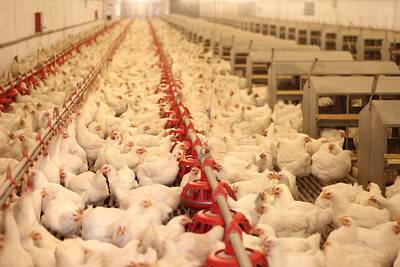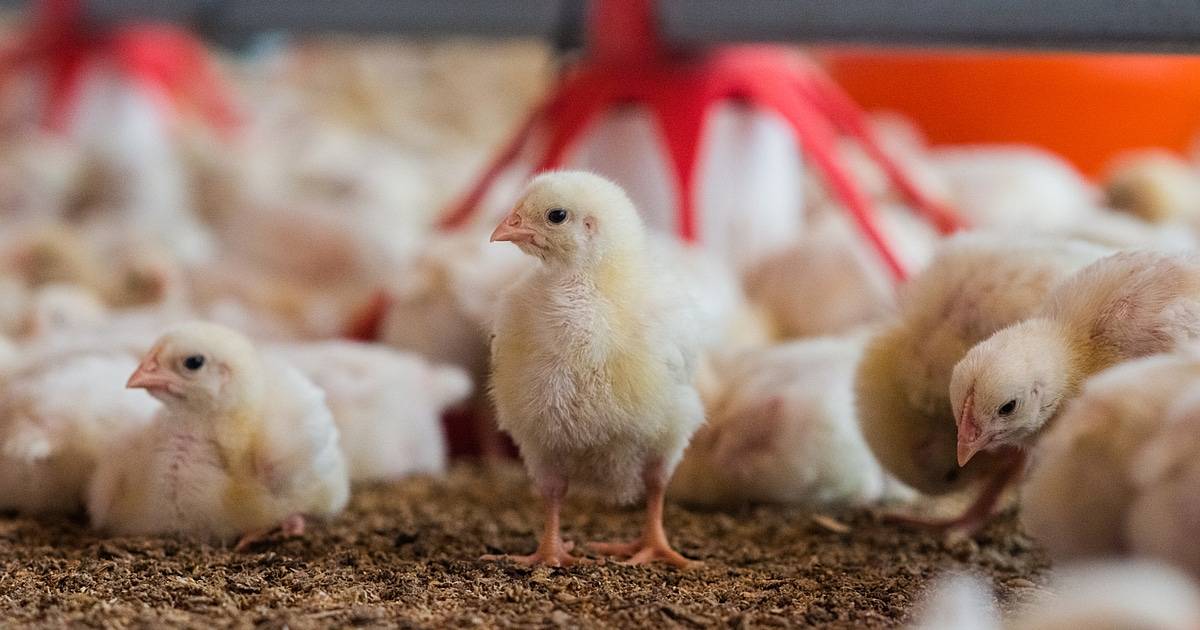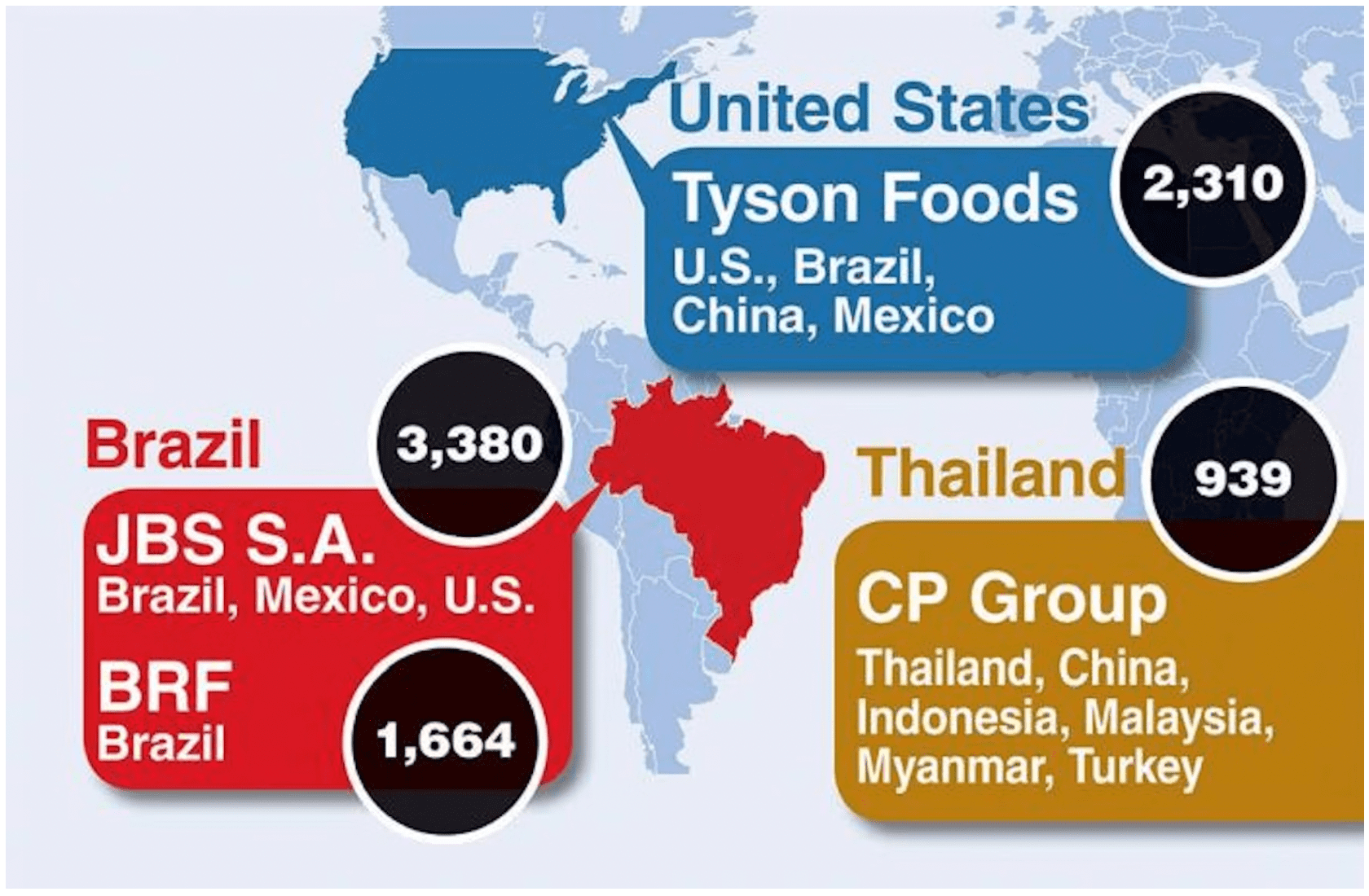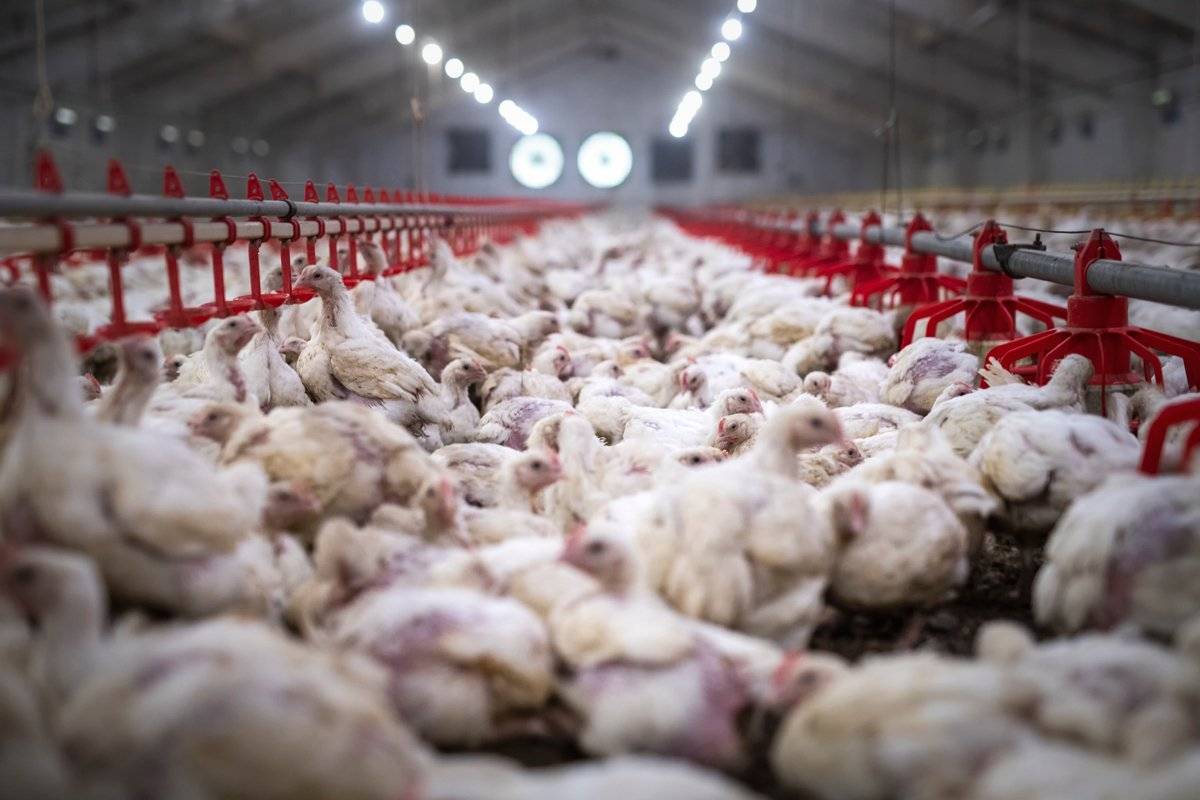Brazil’s Poultry Prices Drop Against Record Production & Strong Export Performance
Brazil’s chicken meat production hit record highs in Q2 2024, but prices fell despite strong export performance due to oversupply in the market.
Introduction: A Challenging Quarter for Brazil’s Chicken Meat Industry
The second quarter of 2024 presented a mixed bag for Brazil’s chicken meat industry. While export performance remained robust, the sector experienced a significant decrease in domestic chicken meat prices. This was largely due to a record-breaking level of production, according to a market report from Cepea. Despite Brazil’s chicken exports continuing to perform well, the sheer volume of supply weighed heavily on market prices, presenting challenges for producers.
Record Production Pushes Prices Down
According to data from the Brazilian Institute of Geography and Statistics (IBGE), chicken meat production in Brazil reached an all-time high in the second quarter of 2024. A total of 1.6 billion animals were slaughtered during this period, representing a 1% increase compared to the first quarter of the year and a 3.2% rise from the same period in 2023.
This unprecedented production volume flooded the domestic market with supply, which significantly impacted prices. Chicken meat quotations dropped notably as the market struggled to absorb the oversupply. The IBGE report highlighted that the last time the sector saw such a substantial increase in production was in 1997, underlining the exceptional nature of the current situation.
Strong Export Performance Isn’t Enough to Offset Domestic Challenges
One of the key factors buoying Brazil’s chicken meat sector in recent years has been its export performance. The second quarter of 2024 was no exception, with exports performing strongly and contributing to the industry’s overall growth. Brazil is a leading exporter of chicken meat, supplying major global markets such as the Middle East, Asia, and Europe.
However, even with these strong export numbers, the domestic market’s oversupply meant that producers faced difficulty maintaining price levels. While international demand remains strong, it was not enough to counterbalance the massive increase in production. The price drop in Brazil’s domestic market is a stark reminder that even high export demand cannot always stabilize internal market prices when production exceeds expectations.
A Look Ahead: What’s Next for Brazil’s Chicken Meat Market?
As the chicken meat sector heads into the final quarter of 2024, market players will be closely watching whether production levels will adjust to better align with demand. Brazil’s poultry producers may need to consider strategies to manage output more effectively to avoid further price declines. Additionally, while export demand remains strong, any shifts in global trade conditions could further impact Brazil’s chicken meat prices.
The key challenge for the sector will be balancing the need to meet growing international demand with managing domestic production levels to avoid oversupply. If production continues at record levels without a corresponding increase in domestic or international demand, the industry could face continued pressure on prices, potentially squeezing profit margins for producers.
Conclusion: A Mixed Quarter for Brazil’s Chicken Meat Sector
The second quarter of 2024 was a period of contrasts for Brazil’s chicken meat industry. On the one hand, the sector celebrated record-breaking production levels and solid export performance. On the other hand, these gains were overshadowed by a significant drop in domestic prices, driven by oversupply in the market.
As the industry moves forward, producers will need to focus on strategies to manage output and stabilize prices. Whether through adjusting production levels or exploring new markets for exports, the sector must find ways to navigate the challenges posed by high production levels and fluctuating demand. With strong export markets as a foundation, Brazil’s chicken meat industry is well-positioned to recover, but careful management will be essential to ensuring long-term stability.



